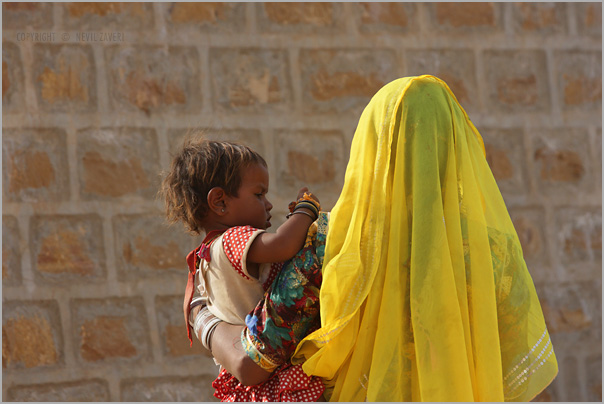A Cavernous Gap: College Education in Karnataka
Introduction
Regardless of the field a student is interested in pursuing, gaining a college education and successfully graduating can help one’s future by an immeasurable amount. Primary and secondary education are paramount to gaining awareness and intellectual richness, certainly, but gaining a college education equips students with the ability to specialise in their field of interest, and to transcend the boundary that differentiates an amateur and a professional.
Education Gaps
The divisions in India across all borders tend to be gaping—whether it is between the rich and poor or the literate and illiterate. In this case, the gap between those enrolled in a college education in rural and urban Karnataka is not only highly discernible but also verging on cavernous. As reported by Deccan Herald, “the total number of graduates in urban Karnataka stands at 13.67 per cent of the total population of 5.99 crore, compared to a meagre 3.61 per cent in rural pockets”. This informative survey was conducted by the Socio Economic and Caste Census (SECC)—2011. This is a truly alarming and yawning difference, and provides a poor attestation to the standards of equity and accessibility of education not only across Karnataka, but also across the very realm of our country.
The gap between levels of collegiate education in rural and urban parts of this state is evidence of the general norms of inequality that shadow Indian society. Indeed, even the 13.67% graduates in urban Karnataka is quite low, but the insignificant 3.61% in rural regions is all the worse. A college education is probably the best way for students to raise their status, both in their occupation, in society, and in their self-esteem; and this lack of collegiate enrollment and graduation suggests that only a meager minority of students in Karnataka are benefiting from the advantages coupled with further studies.
Reasons behind these Disparities
So why do these disparities exist? Perhaps the main reason is due to cost (college tuition in good colleges tends to be quite high), as well as pressure on students to join the workforce and start contributing to the family income. However, what most people don’t realise is the fact that pursuing higher studies makes students more competent to handle the job by leaps and bounds—senior school provides students with basic tools, but a collegiate education goes the extra mile in preparing students for the rigors of employment. So, in the end, the overall growth rate of India falls, since students with a great amount of potential are failing to get exposed to the very course that will open up a myriad of new opportunities for them, for their future, and for their country. In other words, an enormous amount of potential is whiling away raw and untouched.
Conclusion
So what can be done? Given the enormous size of India’s population of youngsters, a vast amount can be achieved. So, raising awareness is crucial to convincing students to enroll in a collegiate course—not only in rural Karnataka, but also in urban parts. No matter what subject a student would like to further—from fashion merchandising to medicine to engineering—, their future prospects can be infinitely strengthened if they go the extra mile to sharpen their intellectual and practical skills by joining college or university.
[Image Attribute: PixArc]


